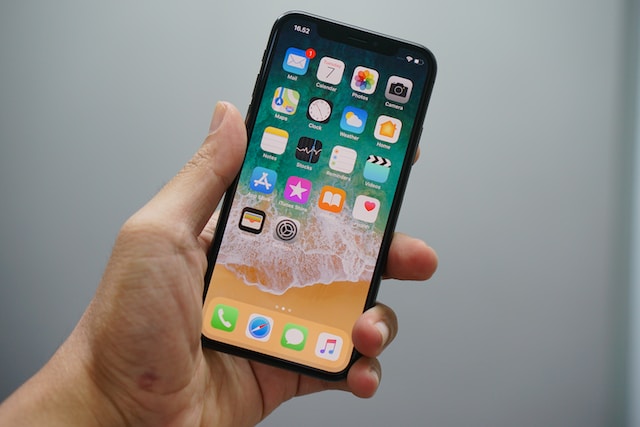AMOLED and IPS are two of the most popular display technologies used in smartphones and other electronic devices. Both technologies have their own advantages and disadvantages, but AMOLED is generally considered to be the superior technology. Here are some of the reasons why AMOLED displays are better than IPS displays:
Better contrast ratio & Deeper Blacks:
AMOLED displays have a virtually infinite contrast ratio, meaning that they can produce perfect blacks. This is because each pixel in an AMOLED display is self-illuminating, so black pixels can simply be turned off. IPS displays, on the other hand, have a limited contrast ratio because they rely on a backlight to illuminate the pixels. This means that black pixels on IPS displays will never be truly black.
More vibrant colors:
AMOLED displays can produce more vibrant and saturated colors than IPS displays. This is because AMOLED displays use organic light-emitting diodes (OLEDs) to produce light. OLEDs are more efficient at producing light than the liquid crystals used in IPS displays, so AMOLED displays can produce a wider range of colors.
Faster response time:
AMOLED displays have a faster response time than IPS displays. This means that AMOLED displays can refresh the image on the screen more quickly, resulting in a smoother and more responsive user experience.
Lower power consumption:
AMOLED displays consume less power than IPS displays. This is because AMOLED displays only need to power the pixels that are being used. IPS displays, on the other hand, need to power the entire backlight, even when only a small portion of the screen is being used.
In addition to the above advantages, AMOLED displays are also thinner and lighter than IPS displays. This makes them ideal for use in mobile devices and other portable electronics.
Disadvantages of AMOLED Displays
AMOLED displays are not without their disadvantages. One of the biggest drawbacks is that they can be more expensive than IPS displays. Additionally, AMOLED displays are more susceptible to burn-in, which is a permanent discoloration of the screen that can occur if the same image is displayed for an extended period of time. Also recently some AMOLED displays have been plagued by vertical green lines.
Conclusion
Overall, AMOLED displays offer a number of advantages over IPS displays, including better contrast ratio, more vibrant colors, faster response time, and lower power consumption. If you are looking for the best possible display quality, then an AMOLED display is the way to go.





